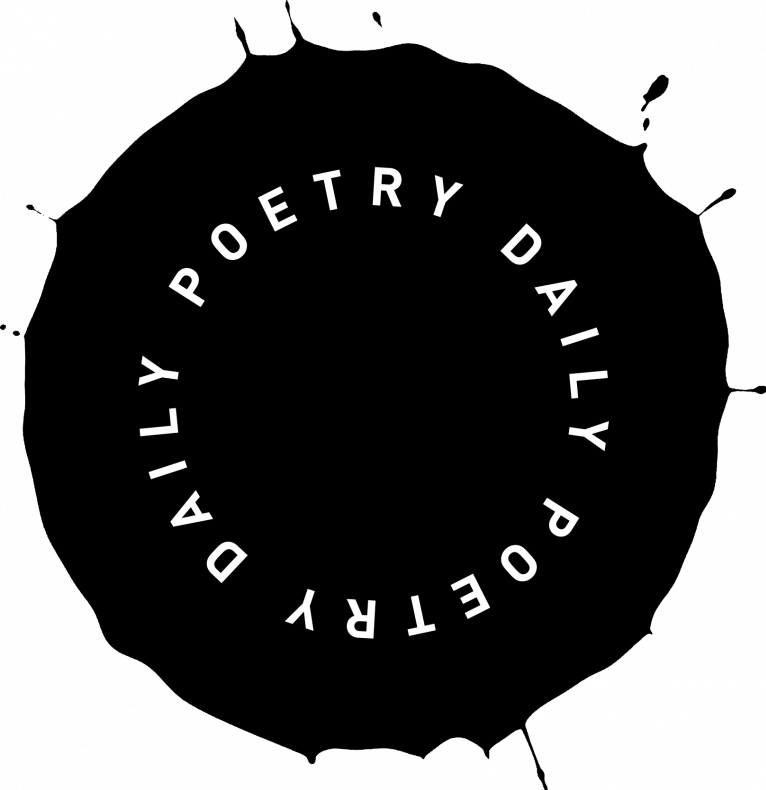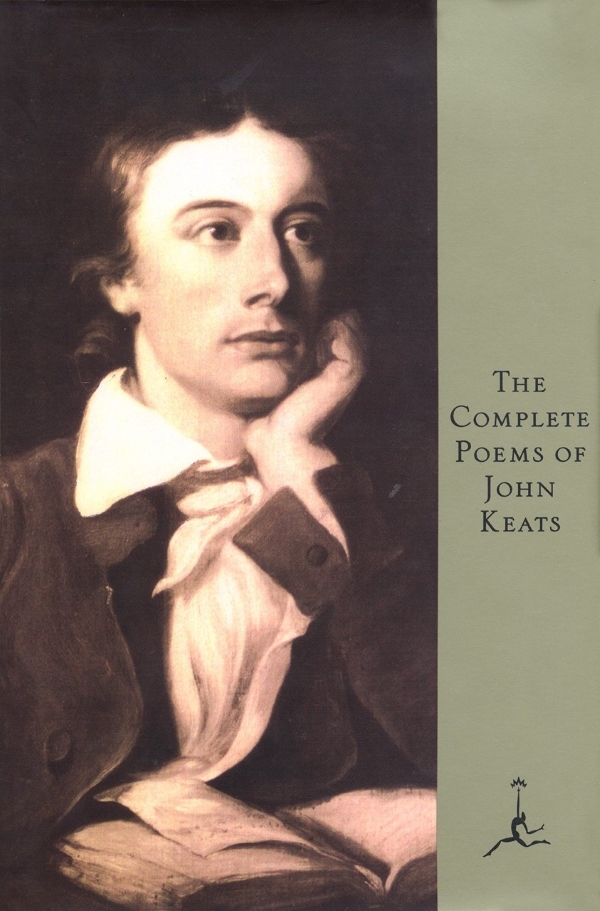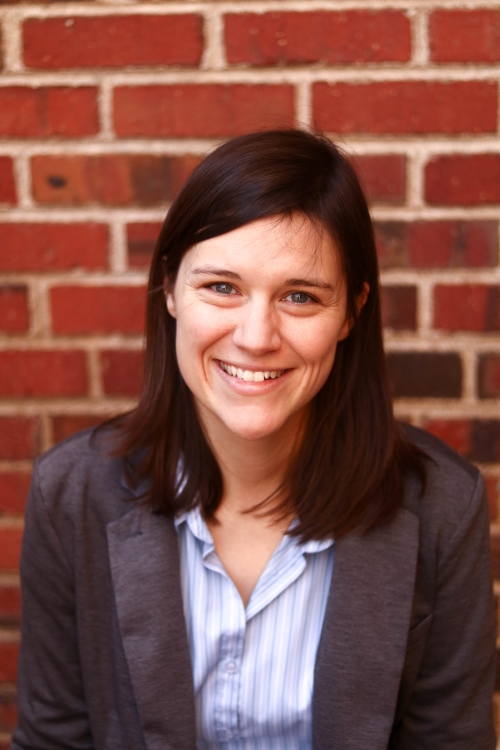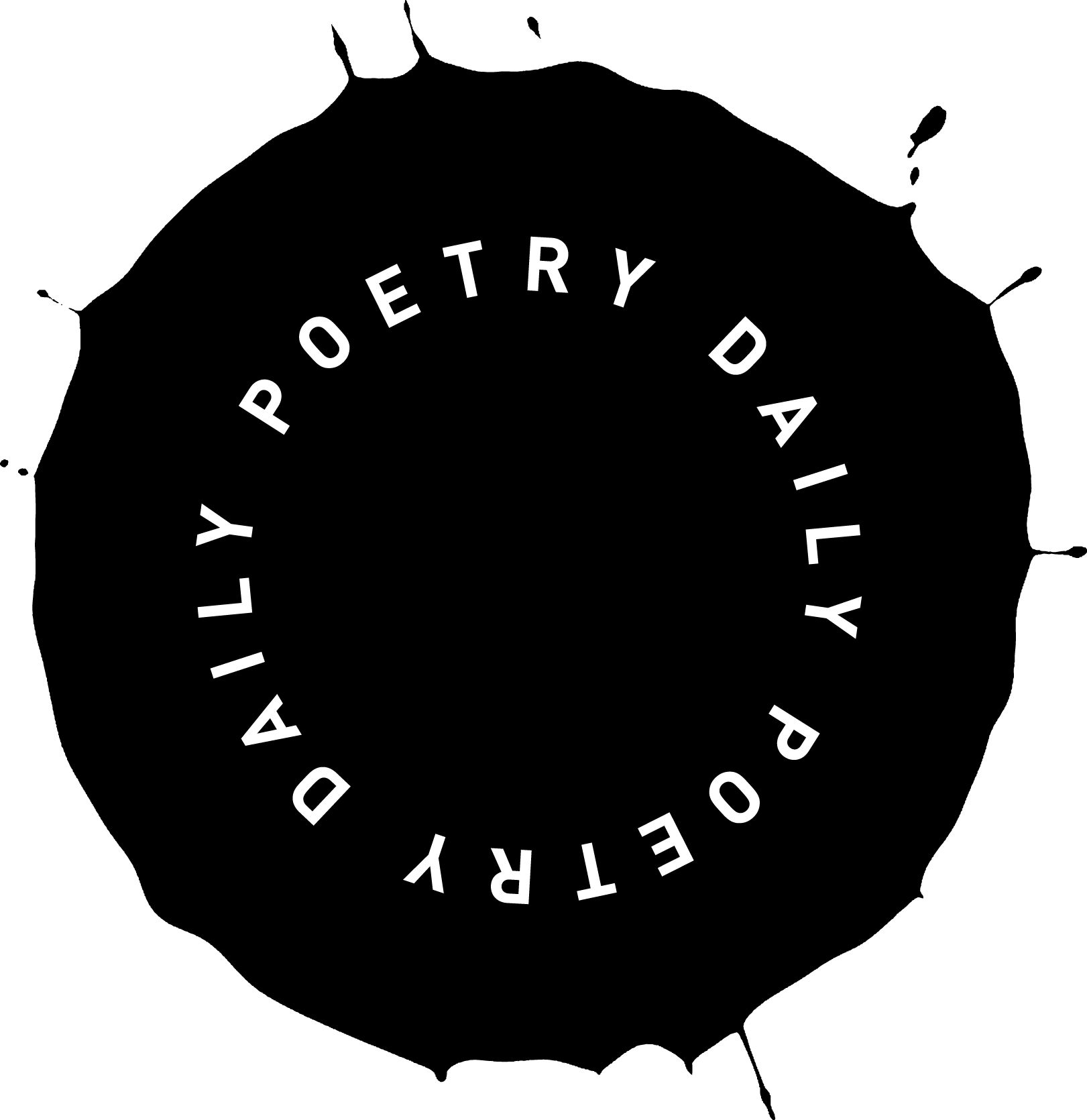I can still remember sitting in the cold metal desk on a hot Georgia day, falling into the photocopied poem in front of me in 11th-grade English class. Everything I learned about John Keats’s “Bright Star” fascinated me, as did the process of breaking it down word by word. But more than anything, what struck me was this: that somehow, a man who lived 200 years ago knew exactly what it was like to be me.
In high school, I felt like Keats’s star—lonely, isolated and very far away—because I was gay and closeted, living in a deeply homophobic time and place. With all the girls I knew, I was always the loyal and steadfast friend who desperately wanted more. Resting my head on a beloved’s chest and listening to her breathing for even a single moment was an intoxicating and impossible dream. But to have that beautiful moment last forever? Keats’s imagination of the limitless sublime transported me into a state of possibility I’d never known before.
And how surprising that he directly addressed the star! It reminded me of wishing on a star, only more intimate. I knew this sense of personal connection with the stars—when I arrived back in my suburban cul-de-sac on weekend nights, only minutes before my midnight curfew, I often stopped to stare up at the Milky Way, noticing the same constellations I found mapped across the shoulders of a girl I loved.
I loved picturing the star in the poem watching the waves clean the shores and the snow graze the mountaintops. I loved how the first half of the poem painted a picture by negation, like a puzzle, and how it wrenched me from the cold, lonely reaches of outer space down to the grounded, intimate moment of laying one’s head on a lover’s breast and hearing the quiet of her breathing: all made equally sacred in the poem’s grand equation.
Plus, the poem was full of exciting, important-sounding words I’d never heard of, like “Eremite” and “ablution” and “moor.” “Steadfast” sounded so much weightier and more moral than “loyal,” and “would I were” so much lovelier than “I wish I were.” And then my teacher, Mr. Thompson, explained the form of the sonnet—its intricate rhyme scheme and precise meter. “How could someone write a poem this beautiful in such a strict form?” I wondered. And then Mr. Thompson told us about how Keats died young, and how he worked on the poem up until the last few months of his life. The speaker’s yearning to live forever—while knowing that he won’t—struck me as incredibly tragic, but I also noticed with delight that at the end of the poem, it’s love that kills the speaker, not tuberculosis (whatever that was).
Keats’s “Bright Star” taught me many things about myself and about poetry. But looking back now, I think its essential lesson was this: in a poem, snow can be a mask, waves can be priests, and stars can have eyes. Poetry is magic. Many years later, in the first semester of my poetry MFA, I took an exam testing my scansion abilities. The poem to scan was by Keats, my old friend and steadfast inspiration.




